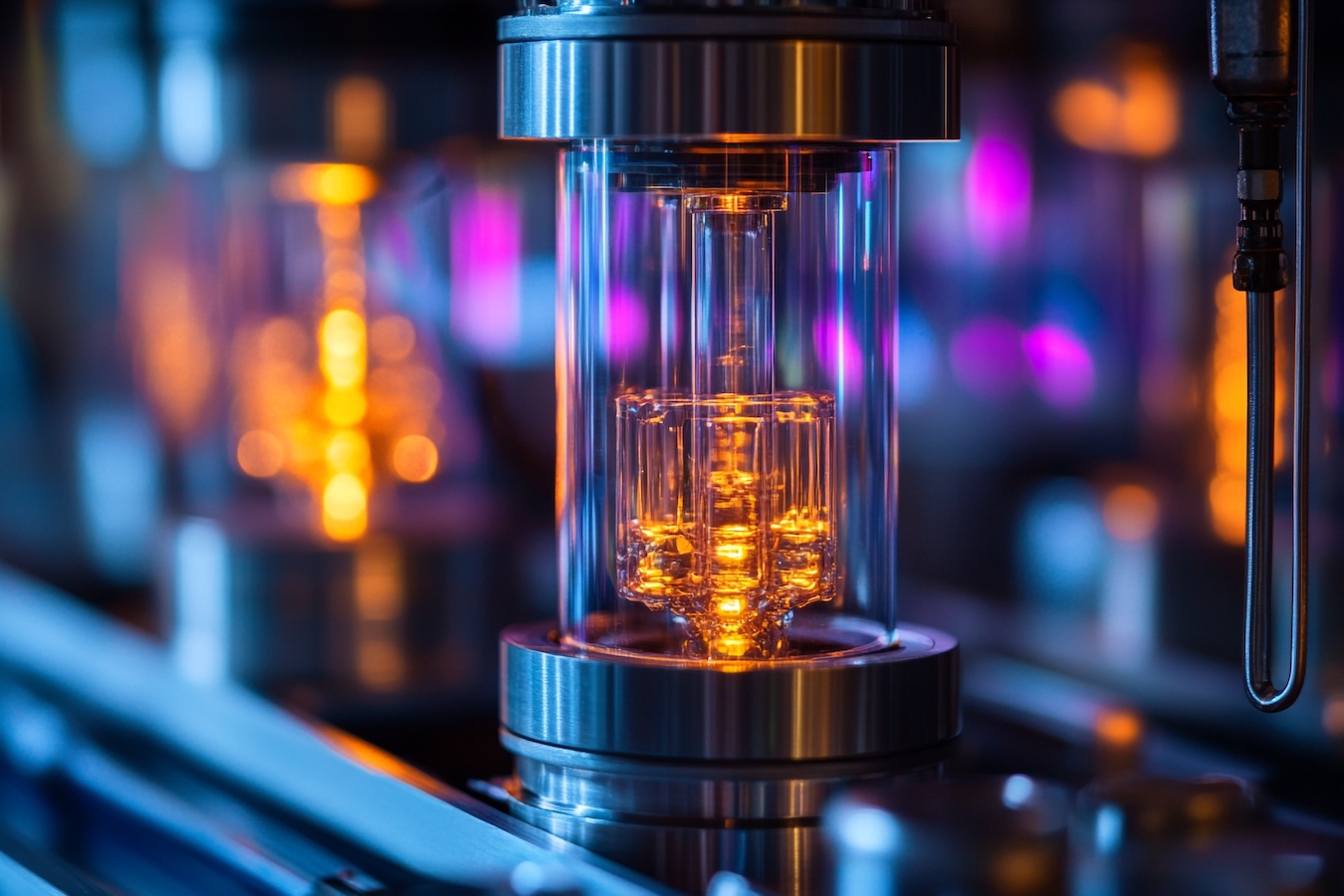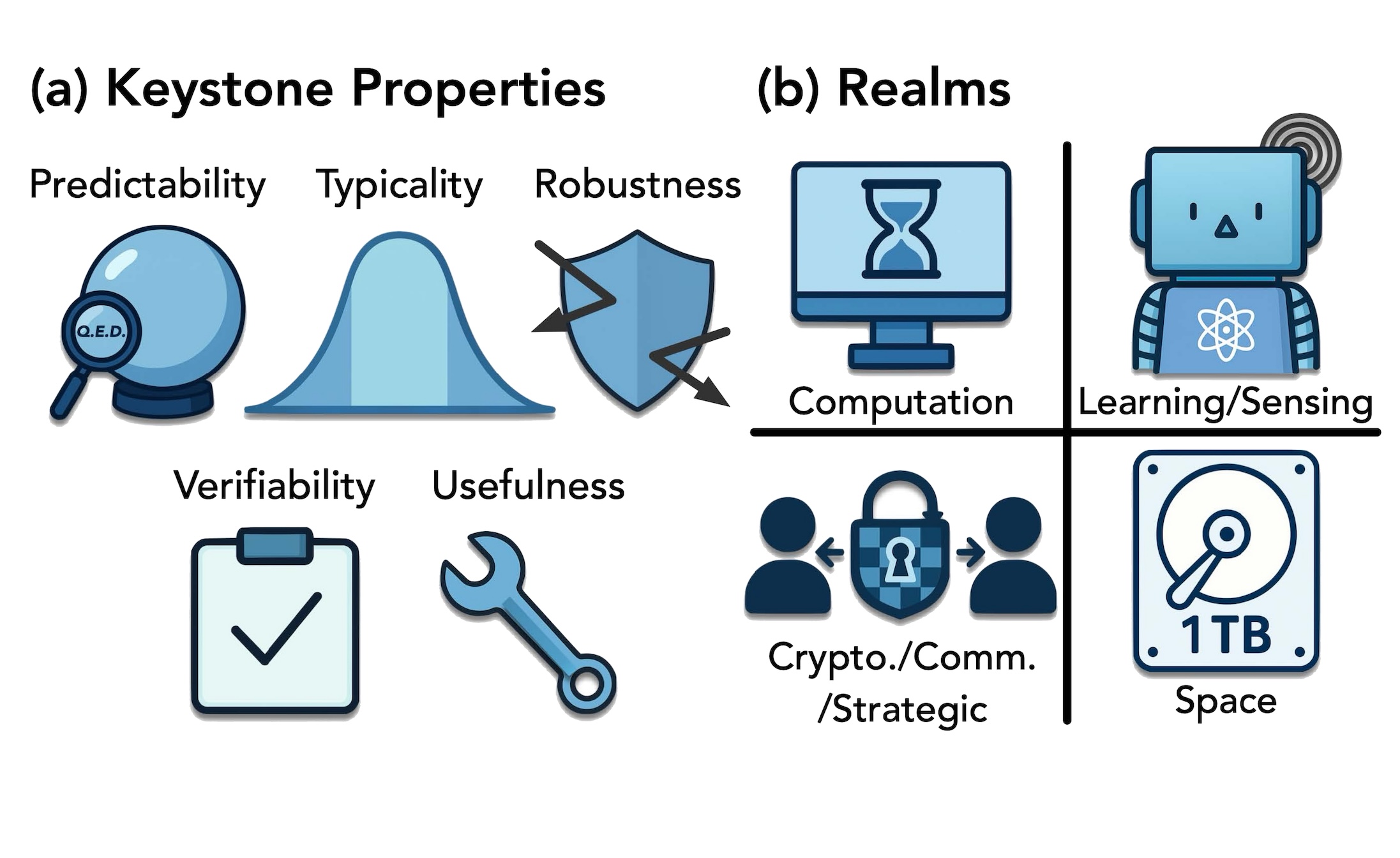Introduction
In a recent guide titled "Quantum Computing for HPC Centers: A Concise Buyers Guide", the different approaches to quantum computing are explored in detail. Each modality—such as superconducting qubits, trapped ions, photonics, silicon-based quantum computing, and neutral atoms—has distinct advantages and challenges. Understanding these various approaches helps select the best technology for high-performance computing (HPC) centers.
These various quantum computing approaches are vying for dominance. Among these, neutral-atom quantum computers are emerging as a transformative option that could significantly reshape the quantum landscape. As high-performance computing centers (HPCs) consider integrating quantum technologies, it's crucial to understand why neutral-atom technology stands out—and why it matters.
How Neutral Atoms Create Qubits
Neutral-atom quantum computing uses neutral atoms as qubits. These atoms are manipulated and held in place by optical tweezers, which are essentially focused beams of laser light used to trap and control atoms. The ability to create and rearrange large arrays of atoms gives this technology a distinct edge in scalability and flexibility, crucial for executing complex quantum algorithms.
With long coherence times, meaning they can retain quantum information longer compared to other modalities, such as superconducting or silicon qubits. This extended retention is crucial in reducing the chances of errors, which are a major obstacle in achieving reliable quantum computation. This helps reduce error rates, a key challenge in quantum computing, making neutral-atom technology particularly suitable for scalable quantum solutions.
Advantages in Scalability and Reconfigurability
Neutral-atom quantum computers are designed to be both scalable and adaptable. Their reconfigurability means that the system can change the arrangement of qubits as needed, making it possible to optimize for different quantum algorithms efficiently. This flexibility is enabled by optical tweezers, which use focused beams of laser light to move and control qubits. This feature is especially useful for algorithms that require complex interconnections between qubits, helping to achieve greater computational efficiency.
The power of quantum computers grows with the number of qubits, which makes scalability a key factor. Scalability is not just about adding more qubits but also about keeping them well-controlled as their number increases. Unlike superconducting qubits that require complex wiring and cryogenic cooling, neutral-atom systems can operate at room temperature. This reduces the complexity and cost of scaling, making neutral-atom systems a practical and efficient choice for HPC centers.
Neutral atoms also offer high connectivity because they can be repositioned relative to one another. This flexibility is advantageous for error correction, which requires qubits to interact in complex ways. The ability to move qubits freely allows for efficient error correction, laying the foundation for more fault-tolerant quantum systems—an important step toward practical quantum computing.
Comparison with Other Quantum Technologies
While superconducting qubits and trapped ion qubits are currently among the most commercially available technologies, each comes with its own set of challenges. Superconducting qubits are fast, operating at nanosecond speeds, but require complex cooling infrastructure, making them less practical for scalable HPC integration. Trapped ions offer high fidelity and long coherence times but are slower in operation and face challenges in scalability due to the difficulty in trapping large numbers of ions.
Silicon-based quantum computing is still largely experimental, with the potential for integration with existing semiconductor technologies. However, it faces difficulties in coherence times and control, making it a less mature option compared to neutral atoms.
Photonics excels in quantum communication, particularly for transmitting quantum information over long distances. However, for computational purposes, photonic quantum systems face significant challenges in performing error correction and manipulating individual photons reliably, making them less suitable for complex quantum computations compared to neutral atoms.
In contrast, neutral atoms excel in computational applications, combining many of the desired features: room-temperature operation, high connectivity, and long coherence times.
Neutral-Atom Quantum Computers: Commercial Availability and Recent Advances
Neutral-atom quantum computers have been commercially available since 2022 and have seen dramatic improvements in computational accuracy and the ability to detect and correct errors. These advancements have positioned neutral-atom technology as a highly competitive option in the quantum computing landscape, particularly for HPC environments.
Neutral-atom quantum computers are well-suited to solve specific challenges that HPC centers face, such as executing complex simulations, tackling optimization problems, and enhancing machine learning tasks. Their scalability and reconfigurability make them an ideal candidate for a wide variety of high-performance computing applications. These advancements have positioned neutral-atom technology as a highly competitive option in the quantum computing landscape.
Want to receive these insights every month?
Join our mailing list
Sign up here
Why It Matters for HPC Centers
High-performance computing centers need quantum technologies that can seamlessly integrate with their existing infrastructure while offering scalability and practicality. Neutral-atom technology provides several advantages that make it well-suited for HPC environments:
- Scalability without Cooling Complexity: Unlike superconducting and silicon qubits, neutral-atom systems do not need cryogenic cooling. This reduces the infrastructure requirements and makes neutral-atom technology a more feasible and cost-effective option for HPC centers.
- High Connectivity: The flexibility to rearrange qubits allows for efficient execution of algorithms and new types of error correction, which are crucial for achieving quantum advantage in practical applications.
- Operational Practicality: Room-temperature operation simplifies the requirements for HPC centers, aligning better with the operational realities of integrating quantum computing into existing systems.
As HPC centers evaluate different quantum computing modalities, it's important to focus on aspects like scalability, connectivity, and operational practicality. Neutral-atom technology, with its unique advantages, presents a highly promising option that is aligned with the needs of HPC environments.
Conclusion
Neutral-atom quantum computing has already demonstrated its capacity to transform the quantum landscape, particularly for HPC centers. Its unique combination of scalability, connectivity, and operational practicality offers a clear and compelling advantage for HPC environments seeking to integrate quantum technology into their infrastructure. Its scalability, high connectivity, and operational practicality make neutral-atom quantum computing a particularly attractive option for HPC centers. It offers a path forward without the significant infrastructure challenges faced by other quantum technologies, paving the way for advancements in computational power, more efficient problem-solving capabilities, and new breakthroughs in areas such as optimization and machine learning. As quantum computing continues to evolve, neutral-atom technology is expected to be a driving force behind breakthroughs in both scientific research and practical high-performance computing applications. Its potential to enhance computational power and efficiency makes it an promising partner for HPC centers aiming to stay at the forefront of innovation.



-compressed.jpg)
